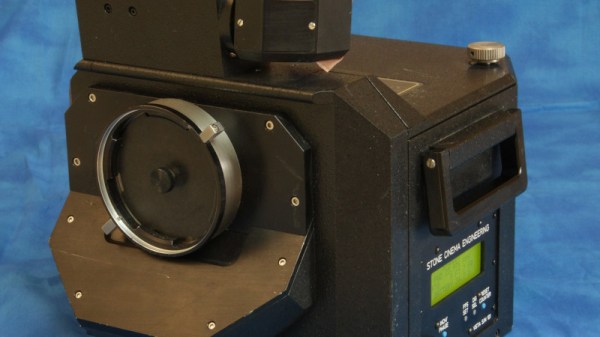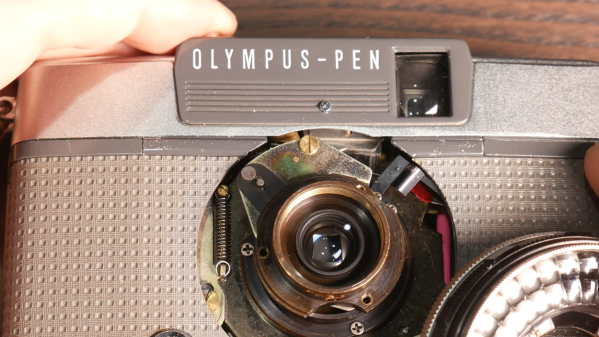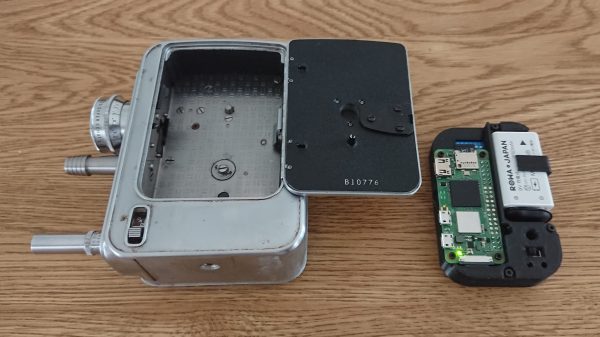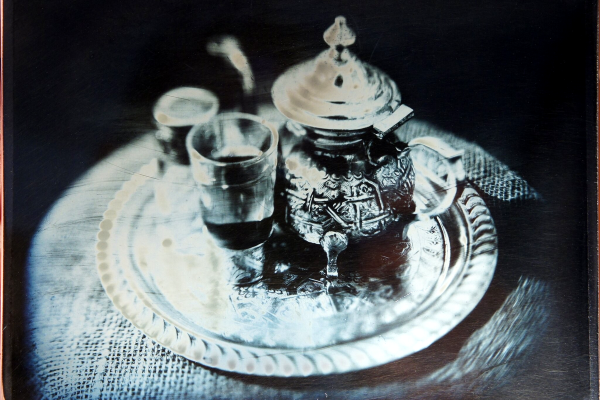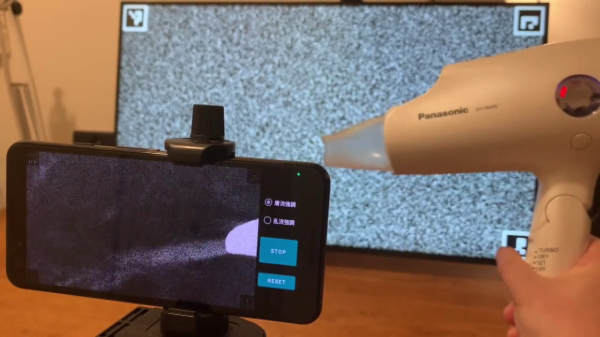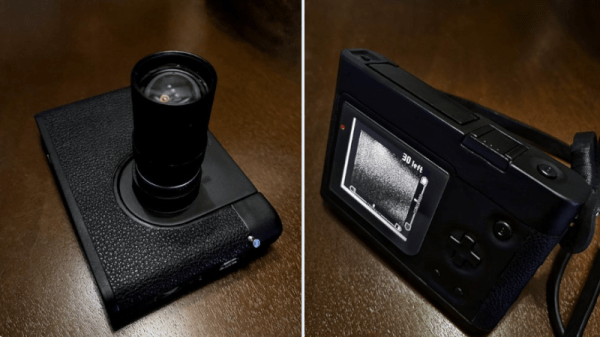In the 1950s the major Hollywood studios needed impressive cinematic technologies for their epic movies, to both see off the threat from television, and to differentiate themselves from their competitors. For most of them this meant larger screens and thus larger frame film, and for Paramount, this meant VistaVision. [Steve Switaj] is working on one of the original VistaVision cameras made for the studio in the 1950s, and shares with us some of the history and the work required to update its electronics for the 2020s.
VistaVision itself had a relatively short life, but the cameras were retrieved from storage in the 1980s because their properties made them suitable for special effects work. This mostly analog upgrade hardware on this one had died, so he set to and designed a PIC based replacement. Unexpectedly it uses through-hole components for ease of replacement using sockets, and it replaces a mechanical brake fitted to the 1980s upgrade with an electronic pull back on the appropriate reel motor.
The whole thing makes for an interesting delve into some movie history, and also a chance to see some tech most of us will never encounter even if we have a thing for movie cameras.

